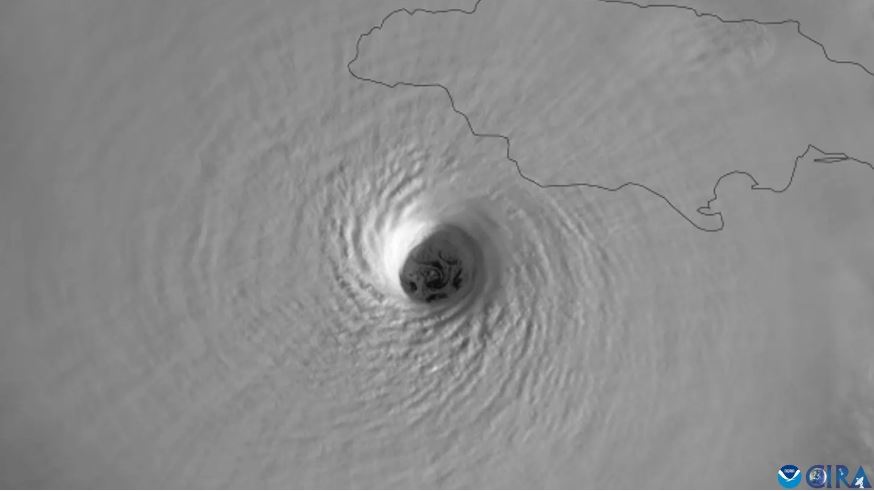The 2025 Atlantic hurricane season has produced 13 named storms, including three that reached Category 5, notably Superstorm Melissa - one of the strongest ever to hit the Atlantic.
As the end of November approaches, many experts are wondering whether this year's hurricane season has really ended.
The Atlantic hurricane season runs from June 1 to November 30 each year, according to the schedule. However, in recent decades, there have been storms appearing outside this time frame.
Hurricane Alex 2016 was a strong storm that formed in January, recorded as the strongest January storm on record.
Hurricane Ana (May 2021) is an example of a late summer storm.
Some storms appeared in December but most did not make landfall.
In 2005, the hurricane season ended so late that the Greek letter bang was needed for naming. Zeta formed in late December, lasting until January 1,2006.
Usually, the last storm of the year appears around November 19, while the last strong storm usually appears around November 15.

According to the National Hurricane Center (NHC)'s hurricane forecast on November 15, "there is no chance of a tropical cyclone forming in the North Atlantic, Caribbean and Gulf of Mexico in the next 7 days." Experts Bryan Norcross also said: The next development of the storm is not feasible, due to strong upper-level winds and dry air covering the tropical area.
While many Americans feel that the 2025 hurricane season is not too intense because few have made landfall, the total accumulated cyclone energy (ACE) is still above average. Expert Brian McNoldy said that this year's storm season's ACE is 108% compared to normal, thanks to strong and prolonged storms, such as Melissa.
Forecasters note that late storms are also possible in the South China Sea, especially in November-December, when sea temperatures remain high and meteorological factors are favorable.
According to the National Center for Hydro-Meteorological Forecasting, from now until December 10, the possibility of storms and tropical depressions operating is more than average. It is forecasted that there will be 1-2 storms or tropical depressions in the East Sea and may affect the mainland of Vietnam.
According to the average data of many years in the period from November 11 to December 10, there will be 1.2 storms or tropical depressions in the East Sea, 0.4 of which will make landfall in Vietnam.
Regarding the cold air forecast in Vietnam, around the afternoon and night of November 17, the cold air will strengthen and affect the Northeast and North Central regions, then affect the Northwest and Central Central regions.
From November 17-18, the Northern region will have rain, showers and thunderstorms in some places.
From the night of November 17, the midlands, deltas of the North and North Central regions will turn cold, the mountainous areas of the North will be very cold, and some mountainous areas will be very cold.
Lowest temperature: Northern midlands, deltas and North Central regions from 12-15 degrees Celsius; mountainous areas from 9-12 degrees Celsius, high mountainous areas may be below 8 degrees Celsius.
Hanoi weather: From November 17-18, there will be rain and showers. From the night of November 17, the weather will turn cold with the lowest temperature from 13-15 degrees Celsius.











